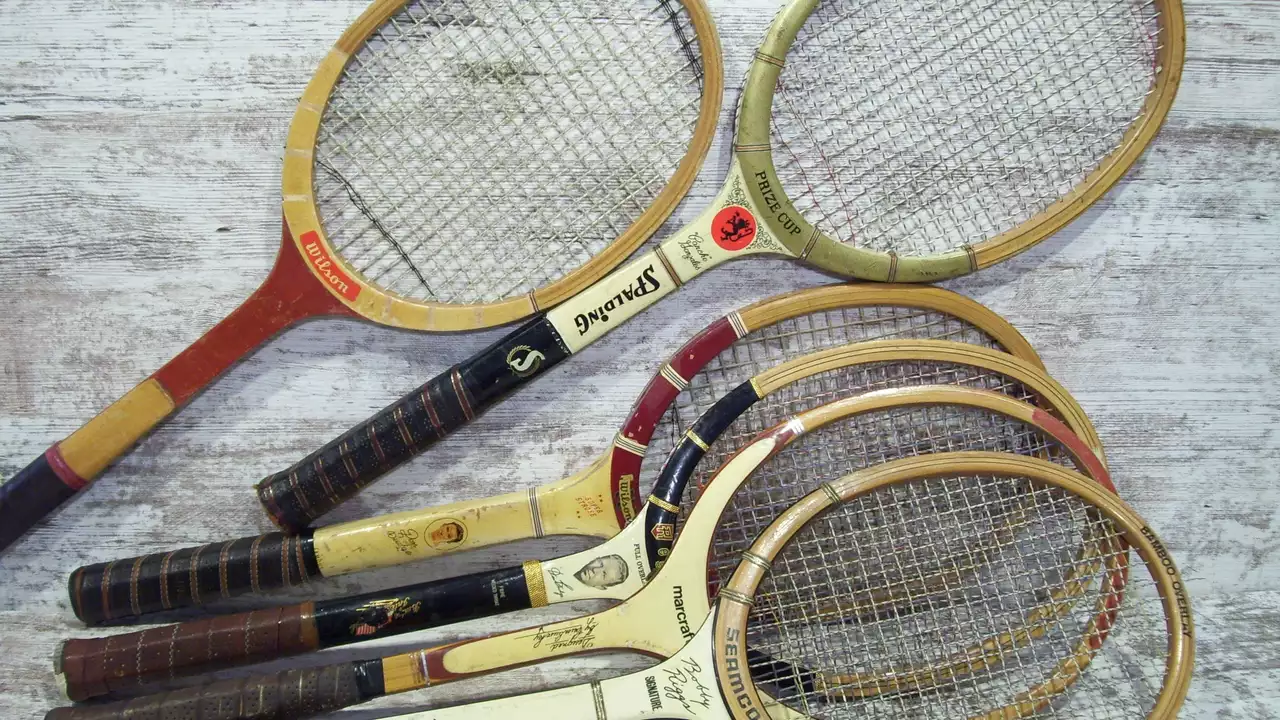How much better is a $120 tennis racket than a $30 racket?

Understanding the Price of Tennis Rackets
The price gap between a $30 and a $120 tennis racket can be quite puzzling for some, particularly for beginners who are still trying to grasp the complexities of the sport. Is there really that much difference between the two? Or is it just a marketing ploy to make people spend more? Let me clarify it for you. The price of a tennis racket is not just a random number. It's indicative of several factors including the materials used, the technology incorporated into the design, and the brand name among others.
Material Matters: How Racket Composition Affects Performance
At the very basic level, the difference between a $30 and a $120 tennis racket lies in the materials used. Cheaper rackets are typically made of aluminum or other lower-cost materials. These rackets tend to be heavier and less sturdy. On the other hand, more expensive rackets use high-grade materials like graphite and carbon fiber, which are lighter, stronger, and more durable. The material of a racket can significantly affect your performance as it influences the racket’s weight, balance, and swing speed.
Exploring the Technological Edge of High-End Rackets
Another distinguishing factor is the technology incorporated into the racket's design. More expensive rackets often feature advanced technologies that enhance performance. For example, some rackets come with vibration dampening systems to reduce shock when hitting the ball, while others have aerodynamic designs for faster swings. This technological advantage can make a real difference in your game, especially as you progress and start playing more competitively.
Brand Name: Paying for Quality and Reputation
Brand name can also significantly contribute to the price of a tennis racket. Renowned brands are able to charge more due to their reputation for quality and the trust they’ve built with players over the years. Additionally, these brands often invest heavily in research and development to produce innovative, high-performing rackets. Therefore, part of what you’re paying for when you buy an expensive racket is the brand’s commitment to quality and innovation.
Comfort and Feel: The Intangible Benefits of a Pricier Racket
One often overlooked aspect of pricier rackets is the superior comfort and feel they offer. Expensive rackets are usually better balanced and come with high-quality grips, making them more comfortable to hold and swing. Furthermore, they tend to provide better feedback upon hitting the ball, allowing you to control your shots more effectively. These intangible benefits can greatly enhance your playing experience and are worth considering when choosing a racket.
Performance Comparison: $30 vs $120 Racket
Now that we've discussed the factors contributing to the price difference, let's take a closer look at how a $30 racket compares to a $120 racket in terms of performance. Simply put, a pricier racket is likely to significantly outperform a cheaper one. The superior materials and technology of the $120 racket can translate into more power, better control, and less strain on your arm, providing a clear performance edge.
Who Should Buy a $30 Racket?
Given the difference in performance, you might wonder who should opt for a $30 racket. The answer is quite simple: beginners. If you're just starting out and still learning the basics, a $30 racket can serve you well. You probably won't notice the advantages of a pricier racket at this stage, and it's better to save your money until you've developed your skills a bit more.
When to Invest in a $120 Racket
As you improve and develop a more consistent swing, you'll start to notice the limitations of a $30 racket. At this point, investing in a $120 racket can boost your performance and enjoyment of the game. Intermediate and advanced players will certainly benefit from the enhanced features of a pricier racket, making it a worthwhile investment.
How to Choose the Right Racket for You
Choosing the right racket is a personal decision that should be based on your skill level, budget, and playing style. Don't be swayed solely by the price tag. Instead, consider factors like weight, balance, grip size, and string pattern, and try out different rackets to see what feels best in your hand. Remember, the best racket for you is the one that helps you perform your best and enjoy the game.
Conclusion: Is a $120 Racket Worth It?
So, is a $120 tennis racket really that much better than a $30 one? The answer largely depends on your level of play. For beginners, a $30 racket can be more than sufficient. However, as you improve and start playing more competitively, the advanced features of a $120 racket can provide a substantial performance boost. Ultimately, the decision should be based on your individual needs and preferences, proving that in tennis, as in life, one size does not fit all.